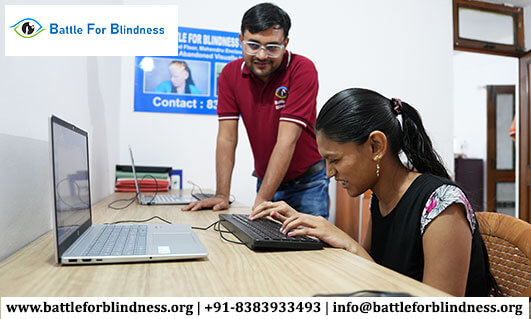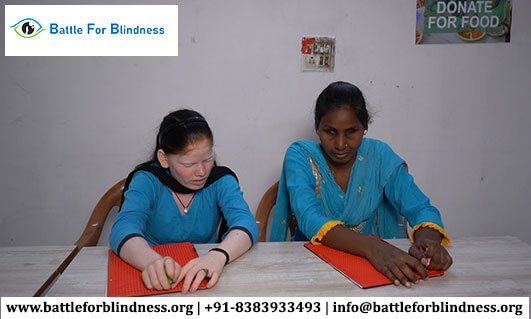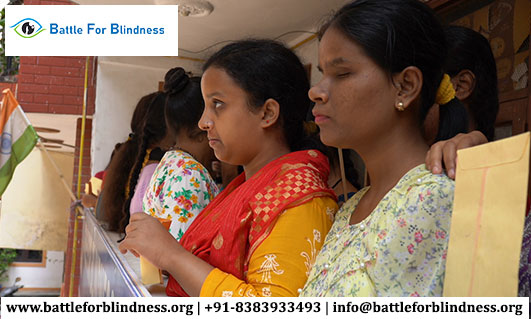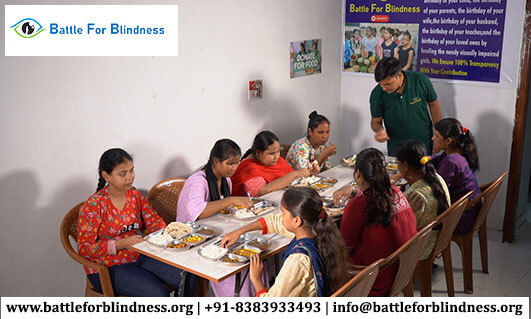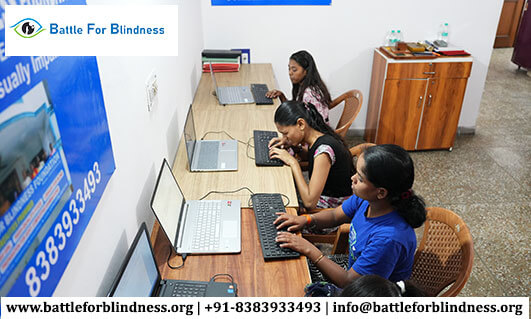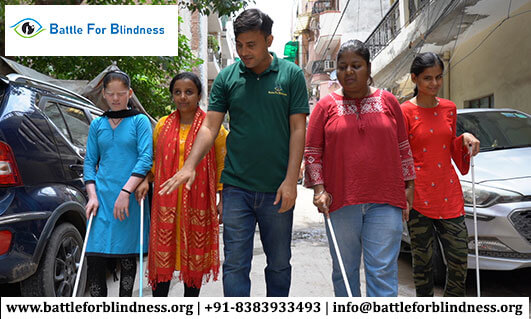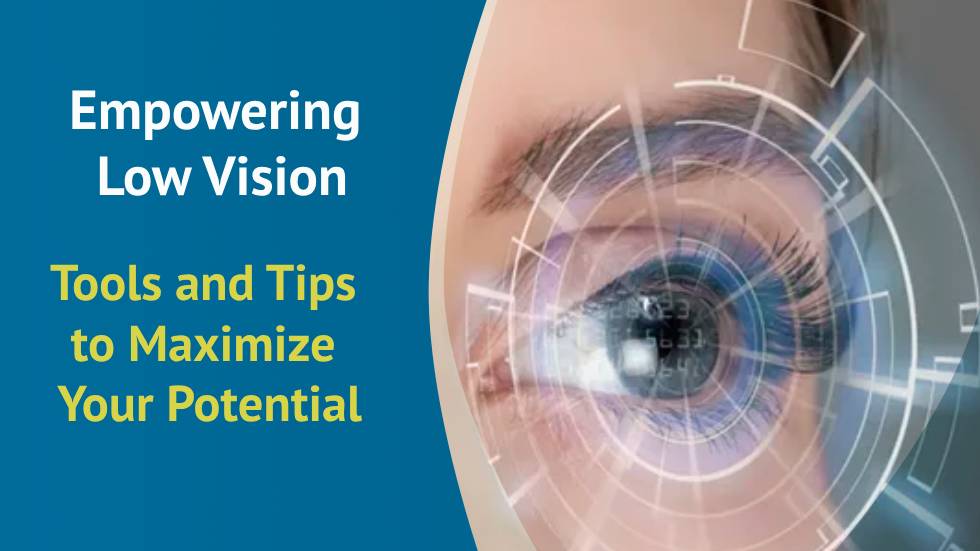
Living with partial blindness can present unique challenges, but it can also provide opportunities for growth and resilience. Many individuals with low vision lead fulfilling lives, embracing their capabilities and finding effective strategies and tools to navigate their environments. In this blog, we’ll explore tips and tools that can help maximize potential, promote independence, and enhance the quality of life for those with partial blindness.
Understanding Partial Blindness
Partial blindness, also known as low vision, refers to significant visual impairment that cannot be fully corrected with glasses, contact lenses, or surgery. Individuals may experience a range of vision problems, including blurred vision, blind spots, or reduced peripheral vision. Despite these challenges, many people with partial blindness develop remarkable adaptability and find creative solutions to thrive in their daily lives.
Tips for Maximizing Potential
-
Embrace Assistive Technology Technology has made significant strides in supporting individuals with visual impairments. Here are some assistive tools to consider:
- Screen Readers: Programs like JAWS or NVDA read text aloud on a computer or smartphone, making digital content accessible.
- Magnification Software: Tools such as ZoomText enhance text and images on screens for easier viewing.
- Smartphone Apps: Apps like Seeing AI and Be My Eyes use AI to describe surroundings, read text, and connect users with sighted volunteers for assistance.
-
Utilize Adaptive Equipment Invest in equipment designed to enhance vision and improve daily activities:
- Magnifiers: Handheld or stand magnifiers can assist with reading and other detailed tasks.
- Lighting Solutions: Bright, adjustable lighting can significantly improve visibility, especially for tasks such as reading or crafting.
- Color Contrast Tools: Using high-contrast colors can help differentiate objects, making it easier to navigate spaces.
-
Learn Orientation and Mobility Skills Orientation and mobility (O&M) training can empower individuals with partial blindness to navigate their environments confidently. An O&M specialist can provide guidance on:
- Cane Techniques: Learning to use a white cane effectively helps with spatial awareness and obstacle detection.
- Route Planning: Familiarizing oneself with routes and landmarks aids in independent travel.
- Public Transportation: Understanding public transit systems enhances mobility options.
-
Practice Mindfulness and Stress Management Living with partial blindness can be overwhelming at times. Practicing mindfulness can help reduce anxiety and improve focus:
- Meditation and Breathing Exercises: Taking a few minutes daily for meditation or deep breathing can promote relaxation and mental clarity.
- Journaling: Writing about thoughts and experiences can serve as a therapeutic outlet and help identify goals and achievements.
-
Foster Strong Support Networks Connecting with others who share similar experiences can be incredibly beneficial. Consider:
- Support Groups: Joining local or online support groups provides opportunities to share challenges and successes, as well as practical tips.
- Family and Friends: Open communication with loved ones about your needs and preferences fosters a supportive environment.
Tools for Daily Living
In addition to assistive technology and adaptive equipment, several everyday tools can enhance the daily lives of individuals with partial blindness:
-
Labeling Systems:
- Use large-print labels or braille to identify items around the home, such as medications, pantry items, and clothing. Tactile markings can also be used on appliances.
-
Talking Devices:
- Devices that announce the time, temperature, or reminders can help manage daily schedules and tasks without relying on visual cues.
-
Voice Assistants:
- Smart speakers, like Amazon Echo or Google Home, can provide hands-free assistance for setting reminders, controlling smart home devices, and answering questions.
-
Wearable Technology:
- Smart glasses with augmented reality features can assist with navigation and object recognition, offering additional support for low-vision individuals.
Setting Personal Goals
Maximizing potential involves setting and achieving personal goals. Here are some steps to consider when establishing goals:
- Identify Strengths: Reflect on personal strengths and skills that can be utilized in various areas of life, whether in education, employment, or hobbies.
- Set Realistic Goals: Establish short-term and long-term goals that are attainable and relevant to personal interests and aspirations.
- Create Action Plans: Break down each goal into manageable steps and set timelines for achieving them.
- Celebrate Progress: Acknowledge and celebrate achievements, no matter how small, to stay motivated and focused.
Advocating for Yourself
Learning to advocate for oneself is a vital skill for individuals with partial blindness. This can include:
- Communicating Needs: Clearly expressing requirements in various settings, such as at work, in educational environments, or when accessing healthcare.
- Requesting Accommodations: Knowing your rights and seeking necessary accommodations in the workplace or school can enhance success and productivity.
- Educating Others: Sharing information about low vision and its impact can help raise awareness and foster understanding among peers, employers, and the community.
Conclusion
Living with partial blindness can be a journey filled with challenges, but it also offers opportunities for growth, resilience, and creativity. By embracing assistive technology, utilizing adaptive equipment, fostering strong support networks, and advocating for oneself, individuals with low vision can maximize their potential and lead fulfilling lives.
